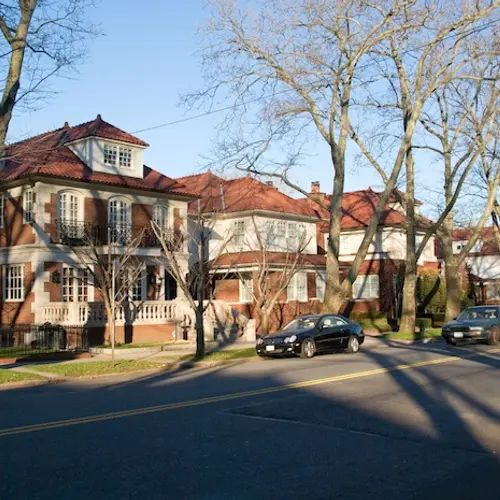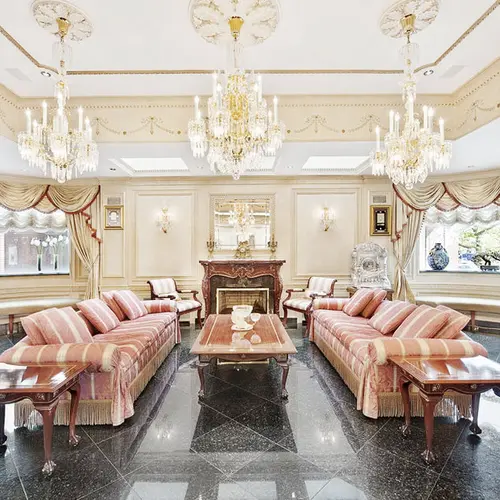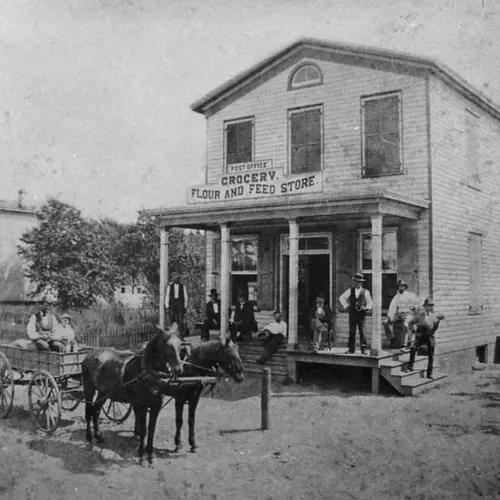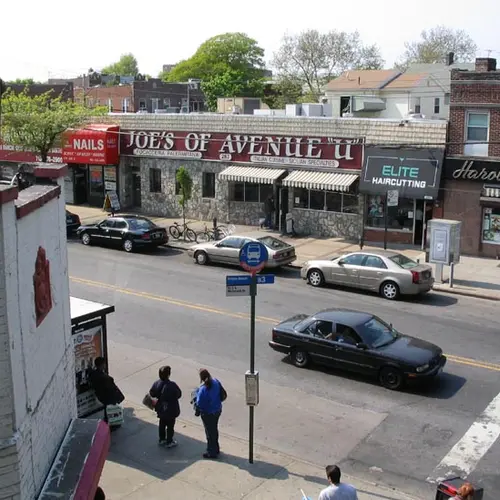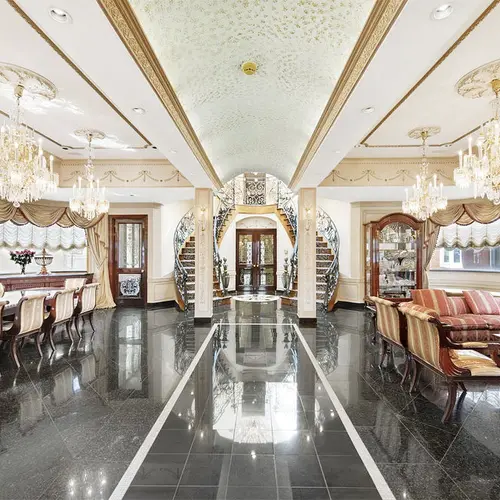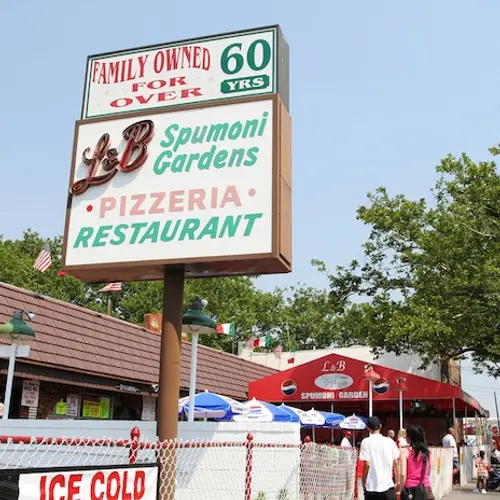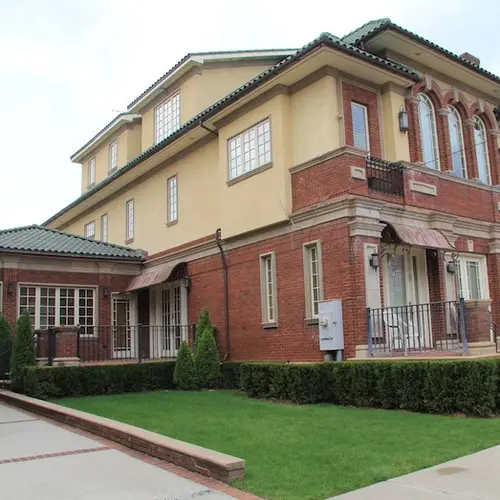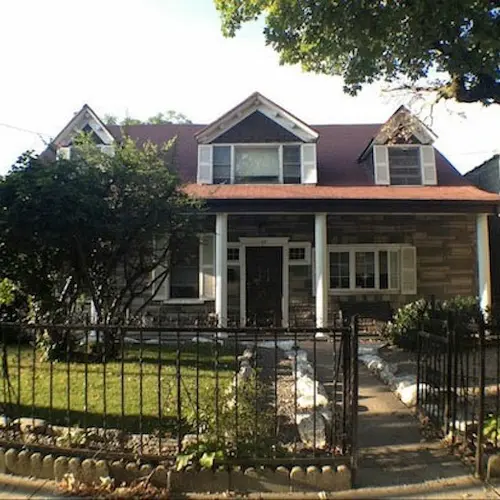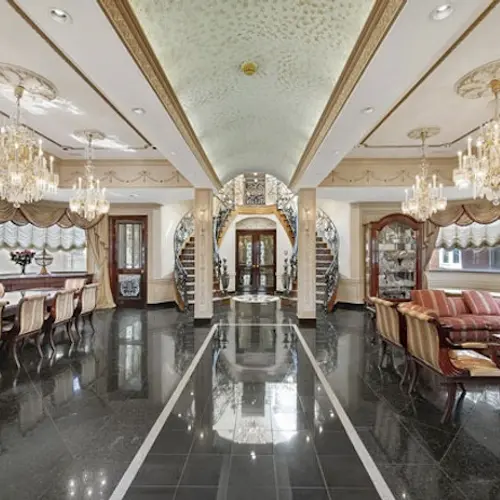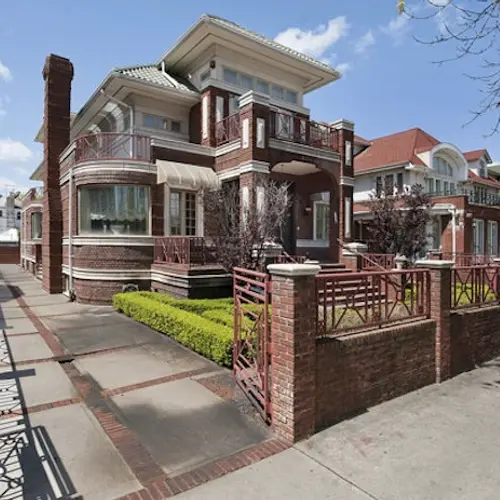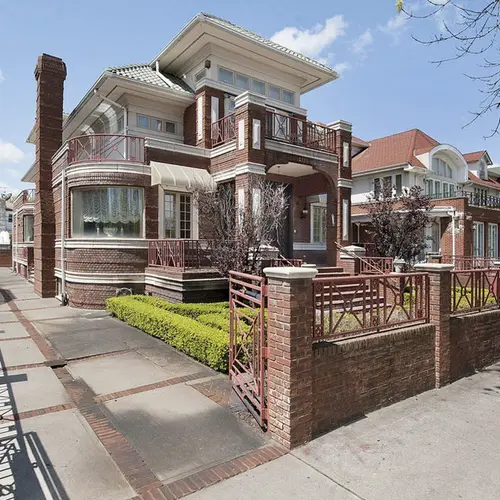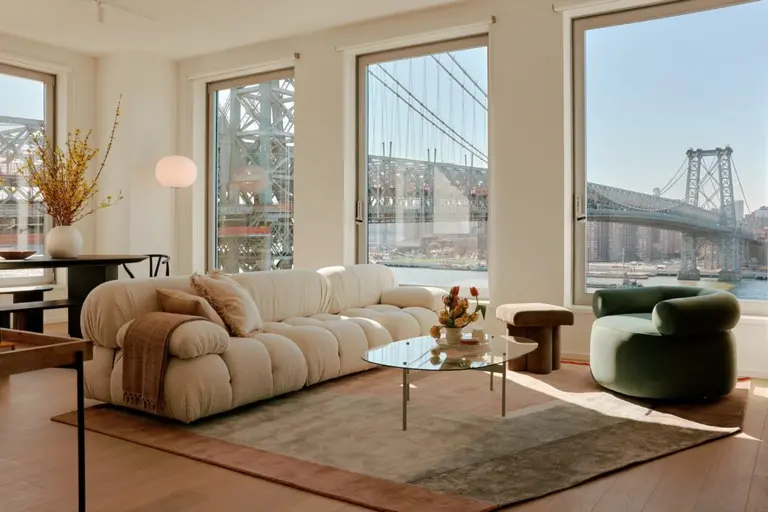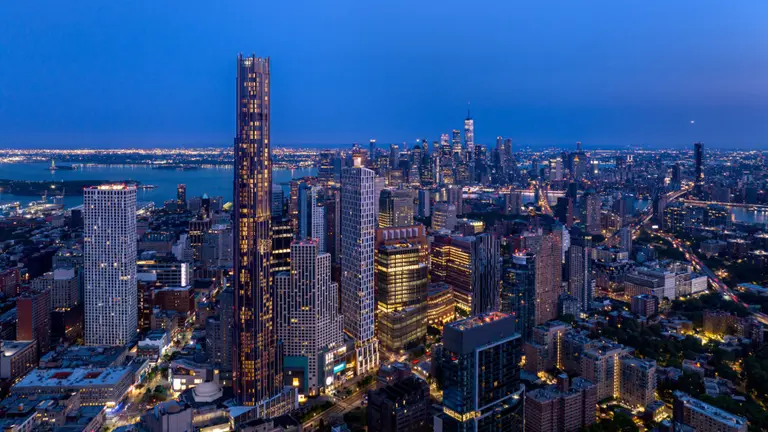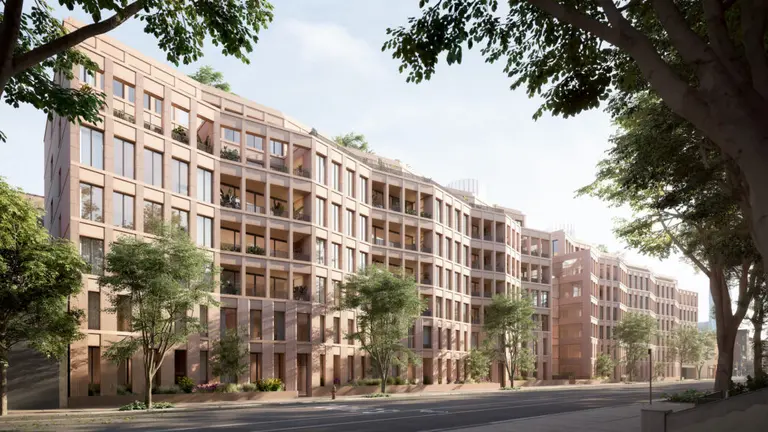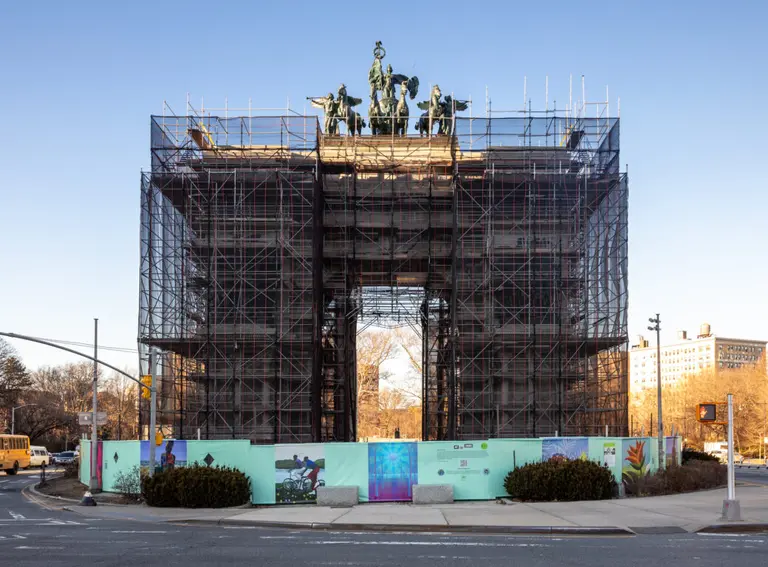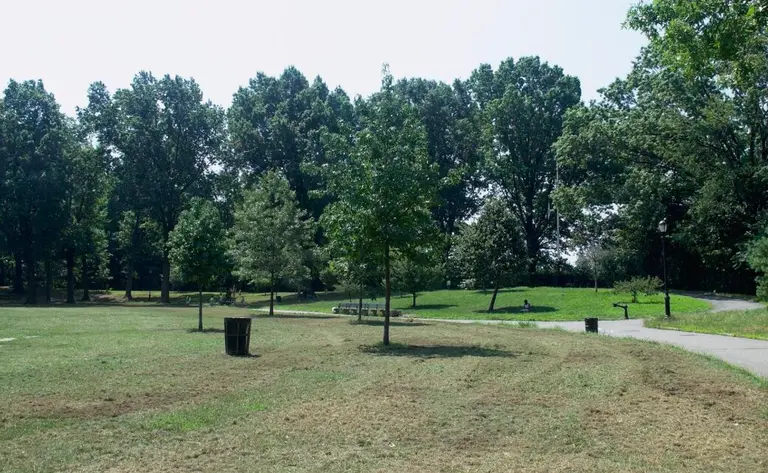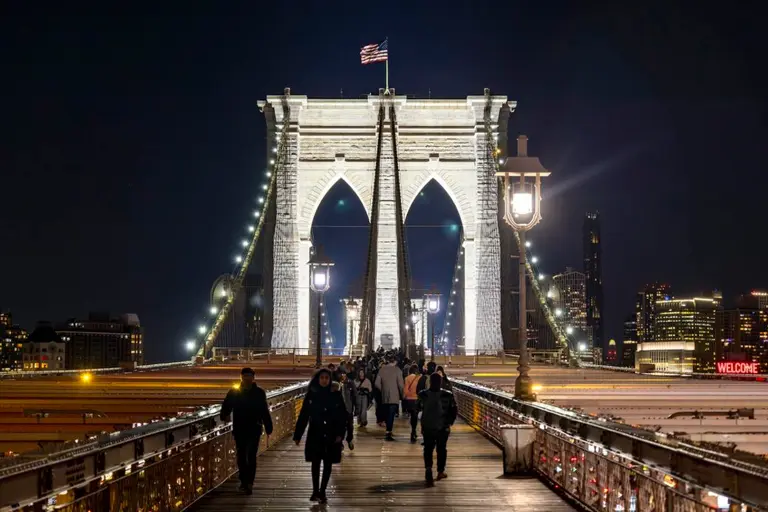The Multi-Million Dollar Real Estate of Brooklyn’s… Gravesend?
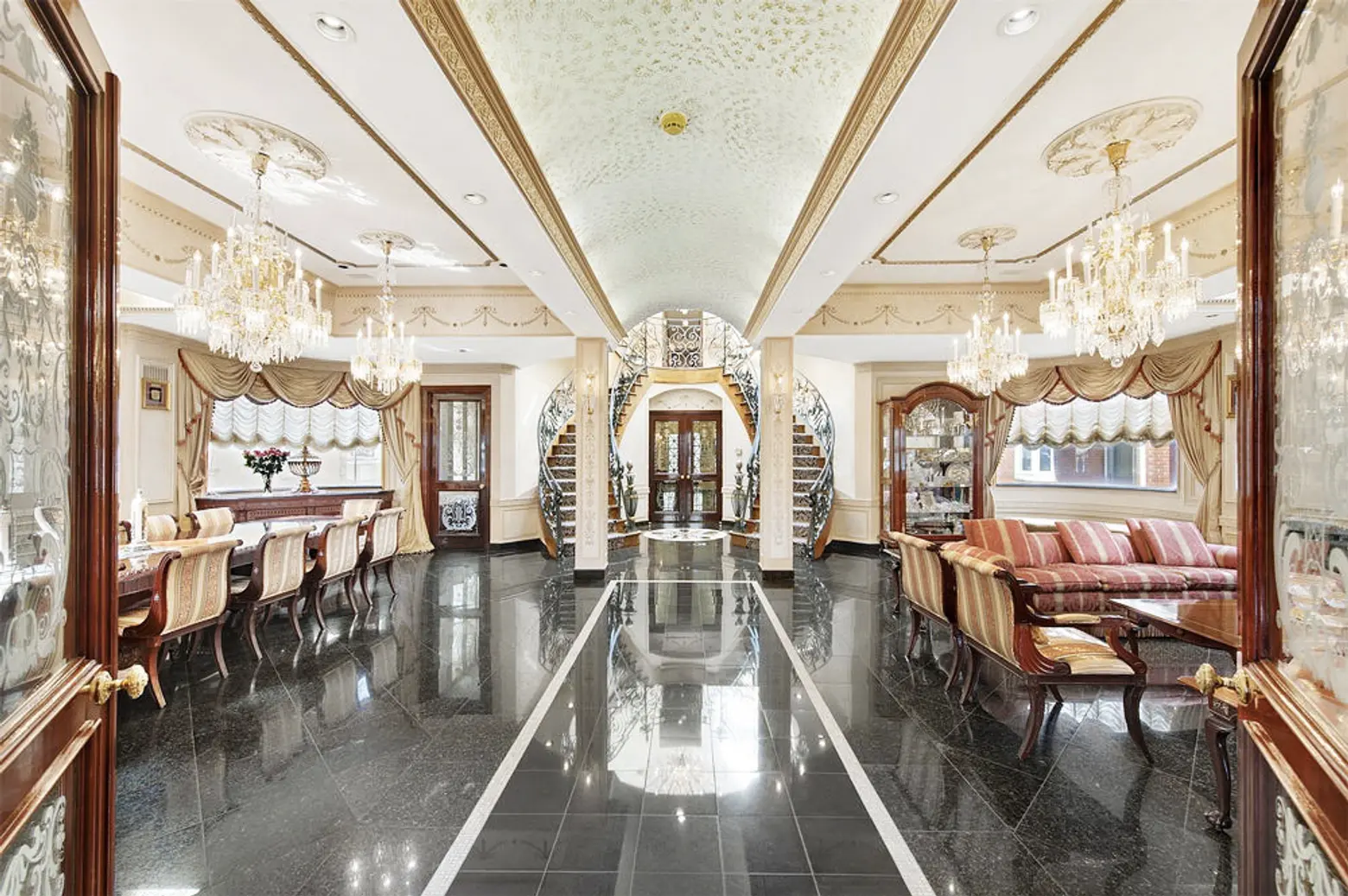
Image: Nest Seekers International
When people talk about expensive Brooklyn real estate, the conversation often revolves around the well-kept townhouses in Brownstone Brooklyn, the waterfront condos of Williamsburg, the freestanding mansions of Prospect Park South. Gravesend is not a neighborhood that’s on most New Yorkers’ minds. But this South Brooklyn enclave, bordered by Sheepshead Bay, Midwood, Bensonhurst and the waterfront, sees some of the highest home sales in all of Kings County. Here, it’s not uncommon for selling prices to break the $10 million mark. Two years ago, a home hit the market for $14 million.
So what’s happening in Gravesend? Simply put, this is not your average New York City real estate market. This neighborhood is home to the largest Sephardic Jewish community in the United States, and real estate is dominated by proximity to synagogues and Jewish Community Centers. That pressure for proximity has driven real estate prices into the multi-millions.
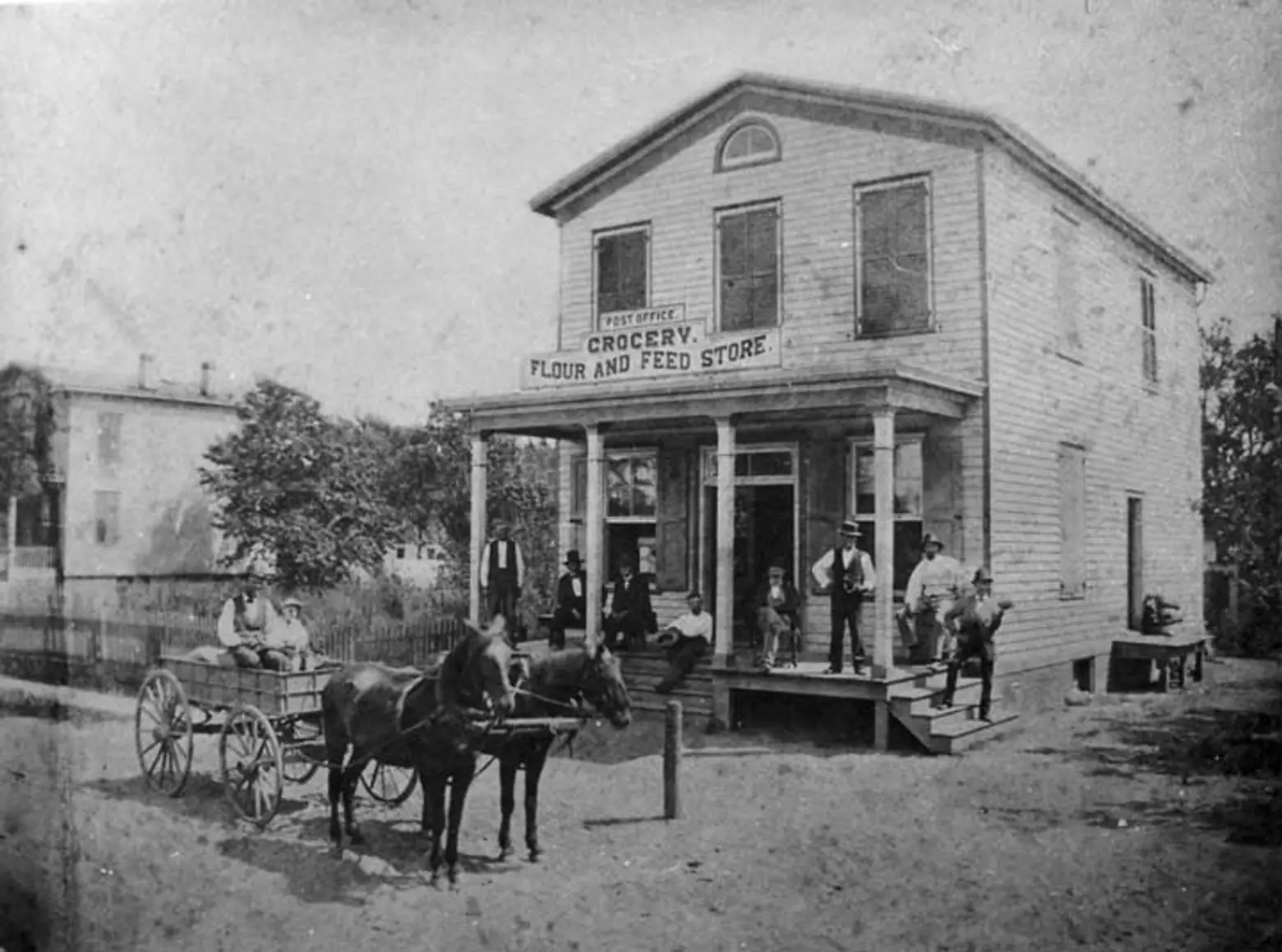 Image: Gravesend, 1879, courtesy of Joseph Ditta via BrooklynHistory.org
Image: Gravesend, 1879, courtesy of Joseph Ditta via BrooklynHistory.org
Gravesend’s history dates way back to the Dutch colonization of the borough—it was one of the the original towns of the Dutch colony, New Netherland, and one of the six original towns of Kings County. Back then, it was notable for being founded by a woman, the English settler Lady Deborah Moody. (Moody was actually the only woman to found a colonial settlement in early North America and was the first female landowner in the New World.) She settled the area with a group of religious dissenters and founded it on the basis of religious freedom. Ultimately, the Quaker faith took root in the settlement.
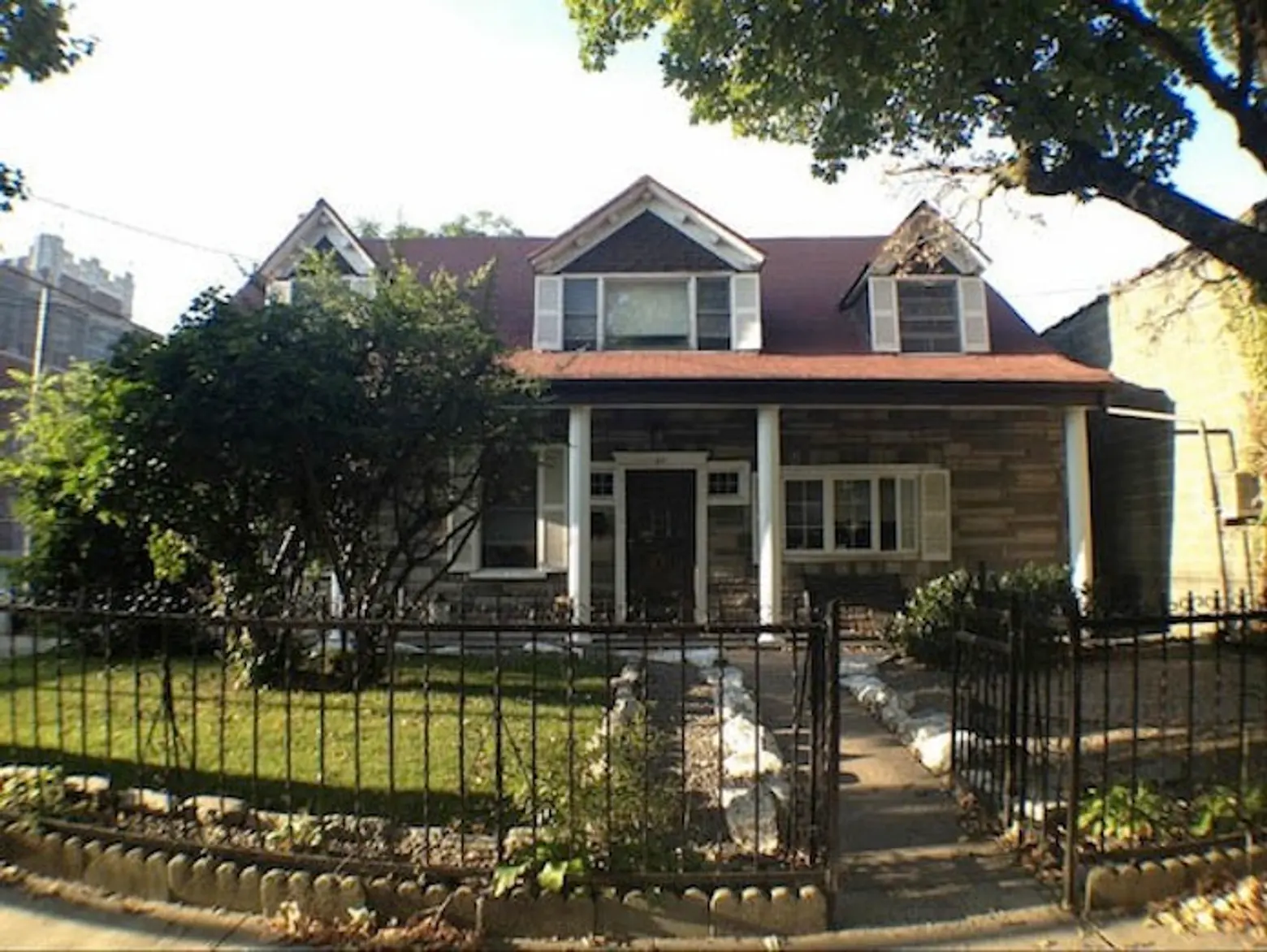 The Lady Moody House of Gravesend, which was actually never lived in by Lady Moody via Historic Districts Council
The Lady Moody House of Gravesend, which was actually never lived in by Lady Moody via Historic Districts Council
Hundreds of years would pass before the Quaker faith made way for the Jewish faith. Gravesend was considered a sleepy Long Island suburb in the 17th and 18th centuries, then developed into a resort community by the late 19th century, following the boom of nearby Coney Island. As Coney Island remained an attraction into the 20th century, Gravesend faded back into obscurity. It became a diverse, working- and middle-class residential neighborhood, with a number of housing projects built here in the 1950s.
An influx of Sephardic Jews came to the neighborhood starting in the mid 20th century. Why Gravesend? And who are the Sephardic Jews? The term, according to JewishGen, “has come to be accepted as a reference to the Jewish exiles and their descendants who settled in countries along the Mediterranean Sea, North Africa, the Balkans, Italy, Syria and Palestine, as well as indigenous Jews who already lived in these places.” The Sephardic community in Gravesend is mostly Syrian.
Originally, Sephardic Jews settled in the Lower East Side of Manhattan. They moved to Bensonhurst—a neighborhood bordering Gravesend—in the early 1900s, and the migration into Gravesend started in the 1940s. Today, according to the Wall Street Journal, around 30,000 Sephardic Jews live in the neighborhood, making this the largest Sephardic Jewish community in the country.
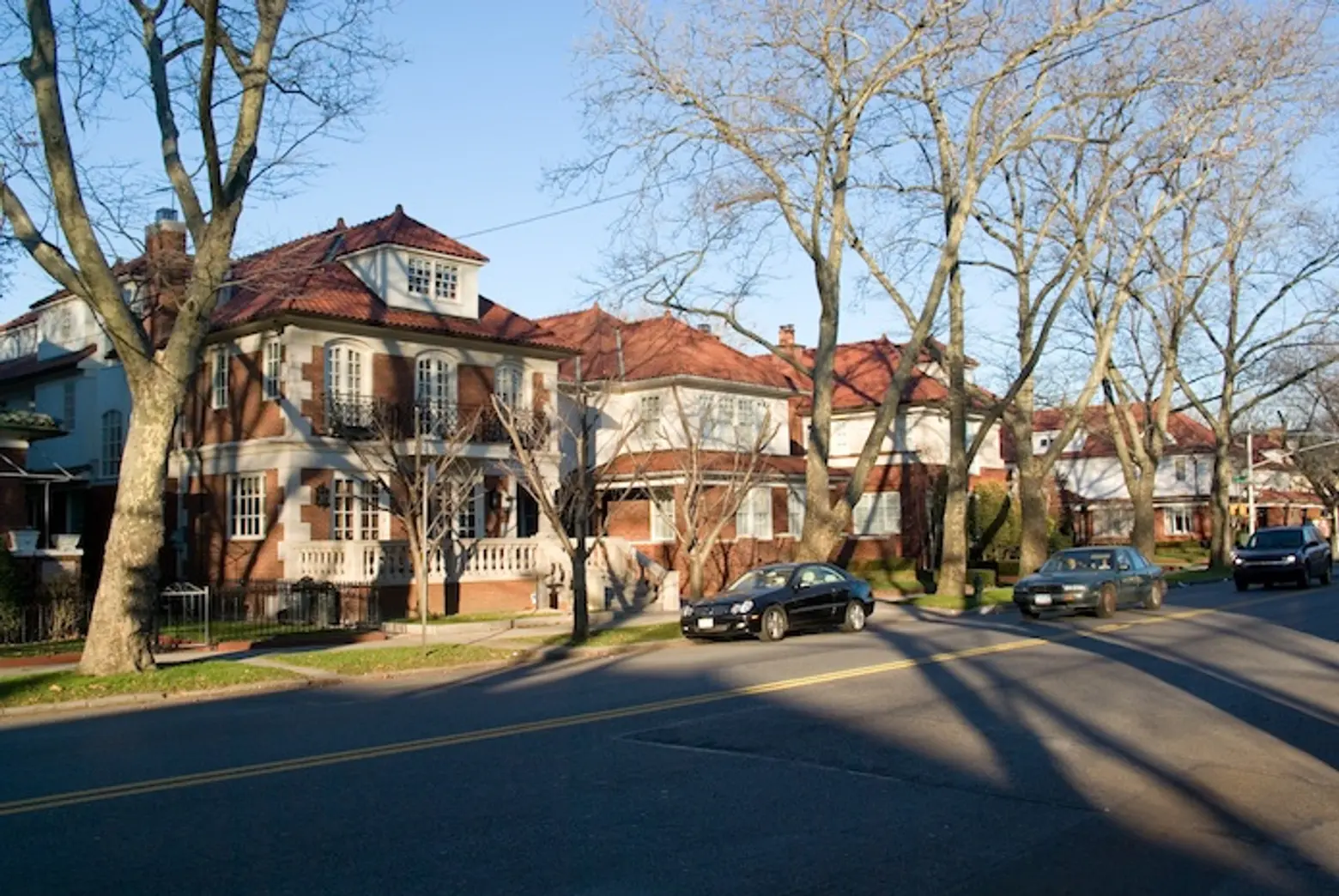
Image: Gravesend via amg2000 (license)
Sephardic Jews settled mainly in the northeast section of the neighborhood and began to build synagogues and Jewish community centers. The real estate boom, which started up in the 1990s, followed. Homes near the community centers and synagogues quickly rose in value, and it became common for Sephardic Jewish families to purchase modest homes near the synagogue, tear them down, and built new, upscale, single-family properties. Because devout Jews cannot drive on Sabbath, those houses within walking distance of a synagogue became a hot commodity. Priced went upwards—way upwards—of $1 million.
A New York Times article published in 2006 documented these incredible sales prices. A home selling for $11 million, setting a record at the time. $4.5 million for a home that would be torn down and replaced. $5 million for a modest two-story house with peeling paint. It was, as the Times put it, “where some of the wealthiest members of an extremely tight-knit enclave of Syrian Jews compete with one another for properties on a few coveted blocks of large homes around Avenues S, T and U, between the area’s main synagogues on Ocean Parkway and its most prestigious yeshiva on McDonald Avenue.”
There are only a few hundred homes on those coveted blocks, spurring on competition for real estate. Families, which are large, also tend to stay close. And it isn’t uncommon for the parents of a young child to buy an additional house that will someday be a wedding gift, according to the Times.
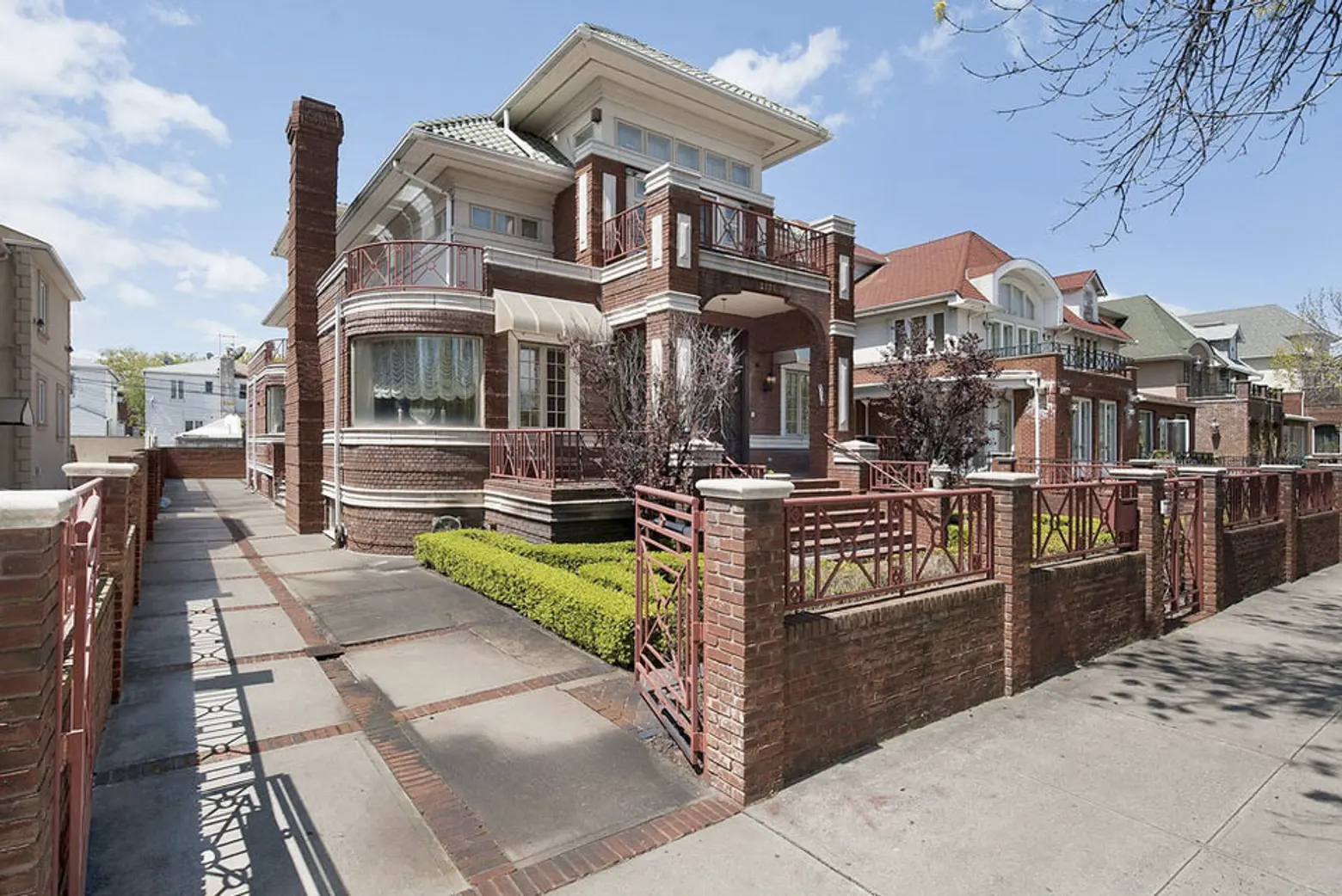 Image: Nest Seekers International
Image: Nest Seekers International
The architecture of the newly-constructed homes is distinct. The mansions are outfitted with terra-cotta roofs and Mediterranean and Spanish design elements. The homes take up most of the lot, and are often covered by fences, tall trees or hedges. The interiors are said to be equally lavish—the home asking $14 million includes a dramatic skylight, elaborate woodwork, marble bathrooms and a massive kitchen.
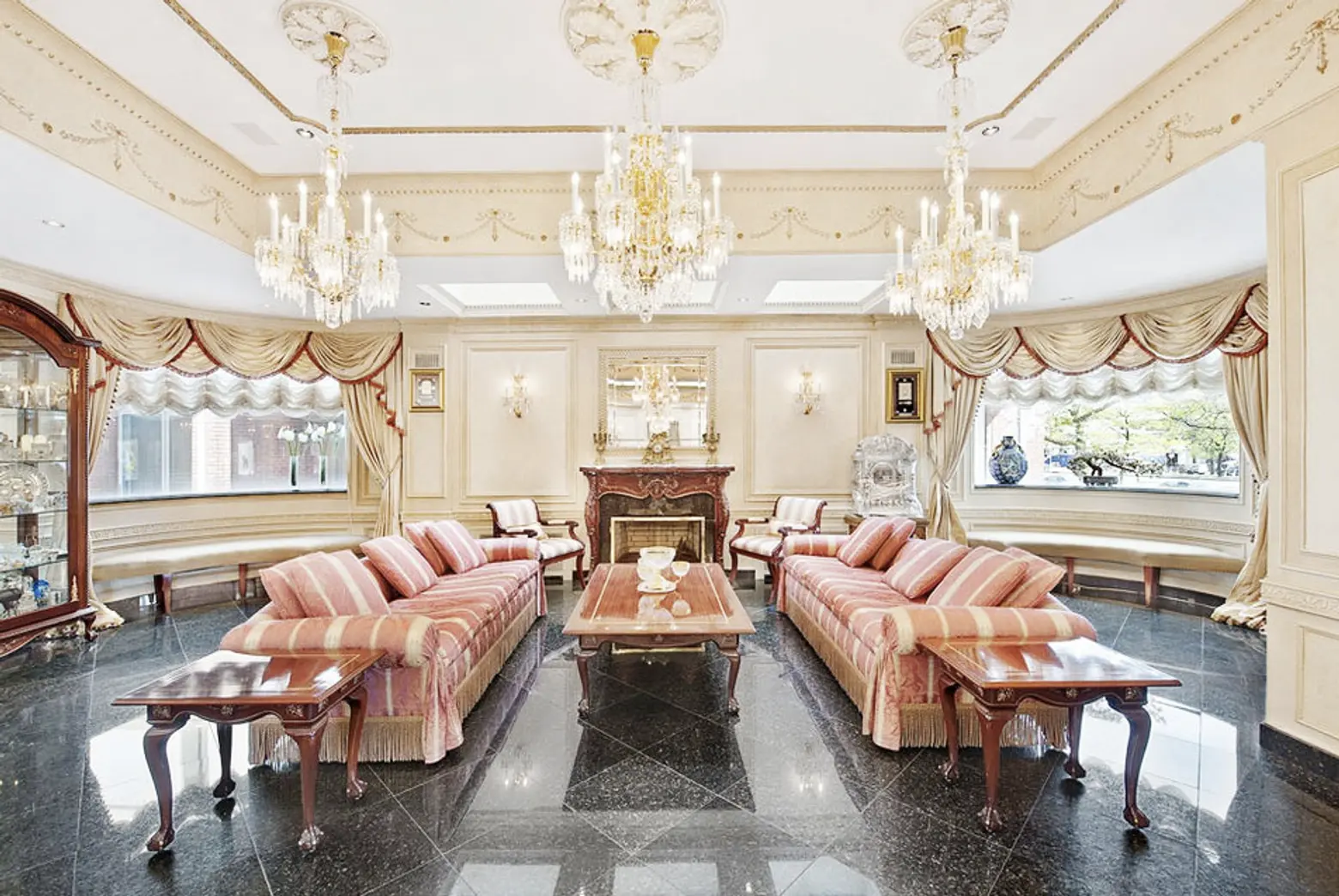 Image: Nest Seekers International
Image: Nest Seekers International
While the Sephardic community is a definite presence in the neighborhood, it does not constitute the entirely of Gravesend. Outside of this enclave you’ll find a diverse, middle-class community and real estate that’s typically cheaper than the rest of Brooklyn. The neighborhood still holds onto its Italian heritage, and you’ll find staples here like Joe’s of Avenue U and Spumoni Gardens. There’s also a vibrant Turkish community.
And perhaps that’s what makes Brooklyn so unique—that within this quiet, oft-forgotten neighborhood to the south, there’s a private real estate boom that’s blowing Brownstone Brooklyn right out of the water.
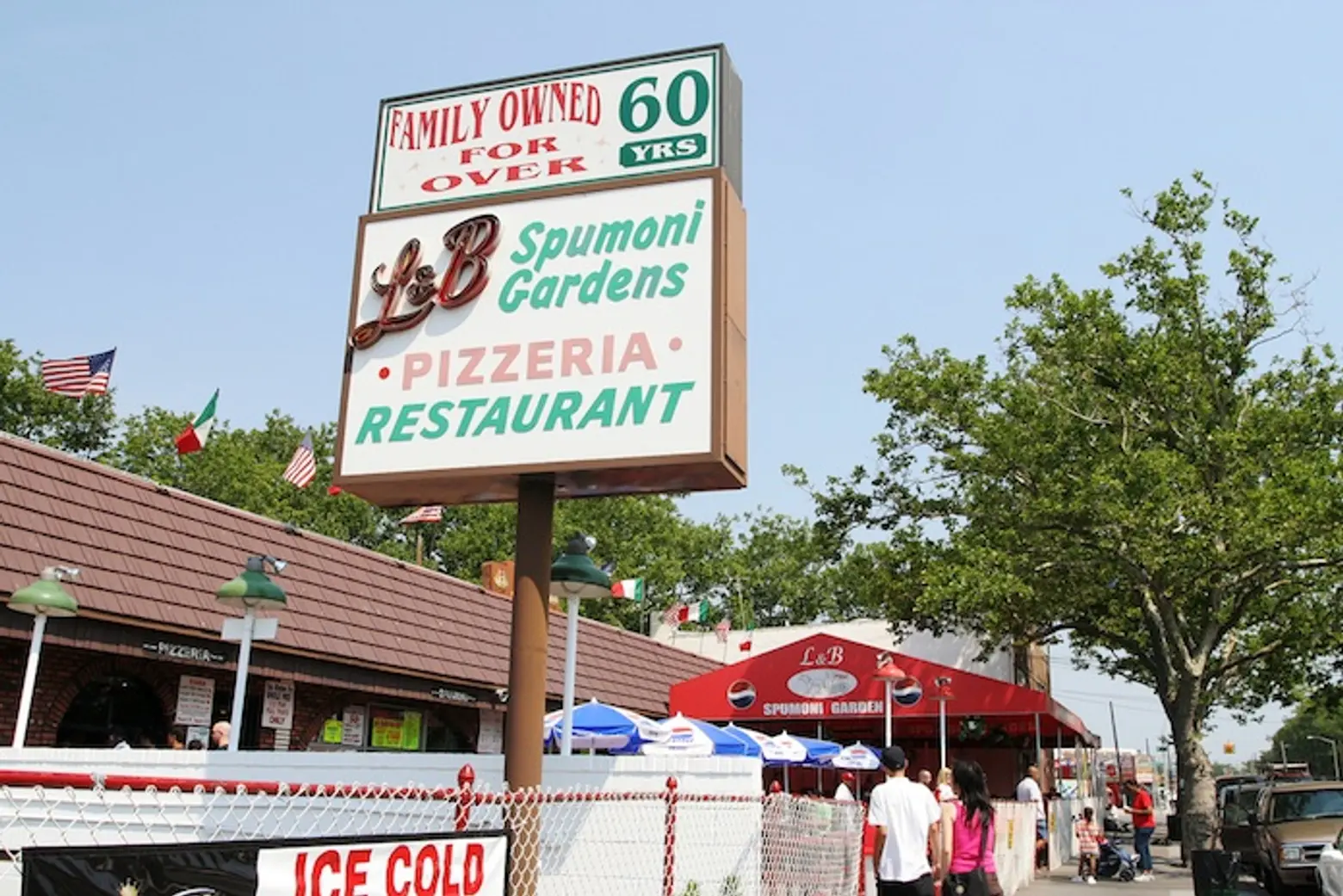
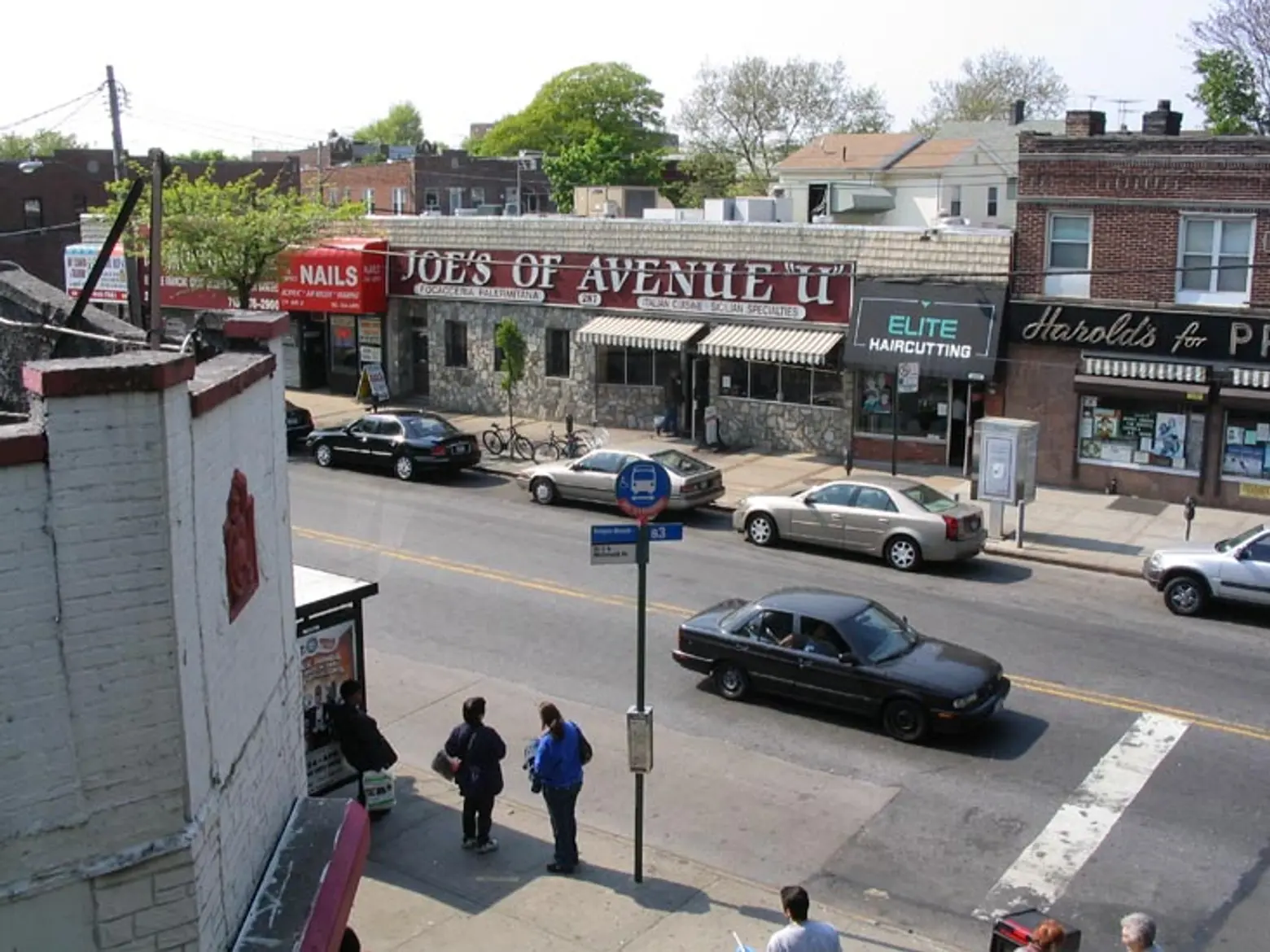 Images: Spumoni Gardens via Robyn Lee (license) (top); via Bridge and Tunnel Club (bottom)
Images: Spumoni Gardens via Robyn Lee (license) (top); via Bridge and Tunnel Club (bottom)
RELATED:
